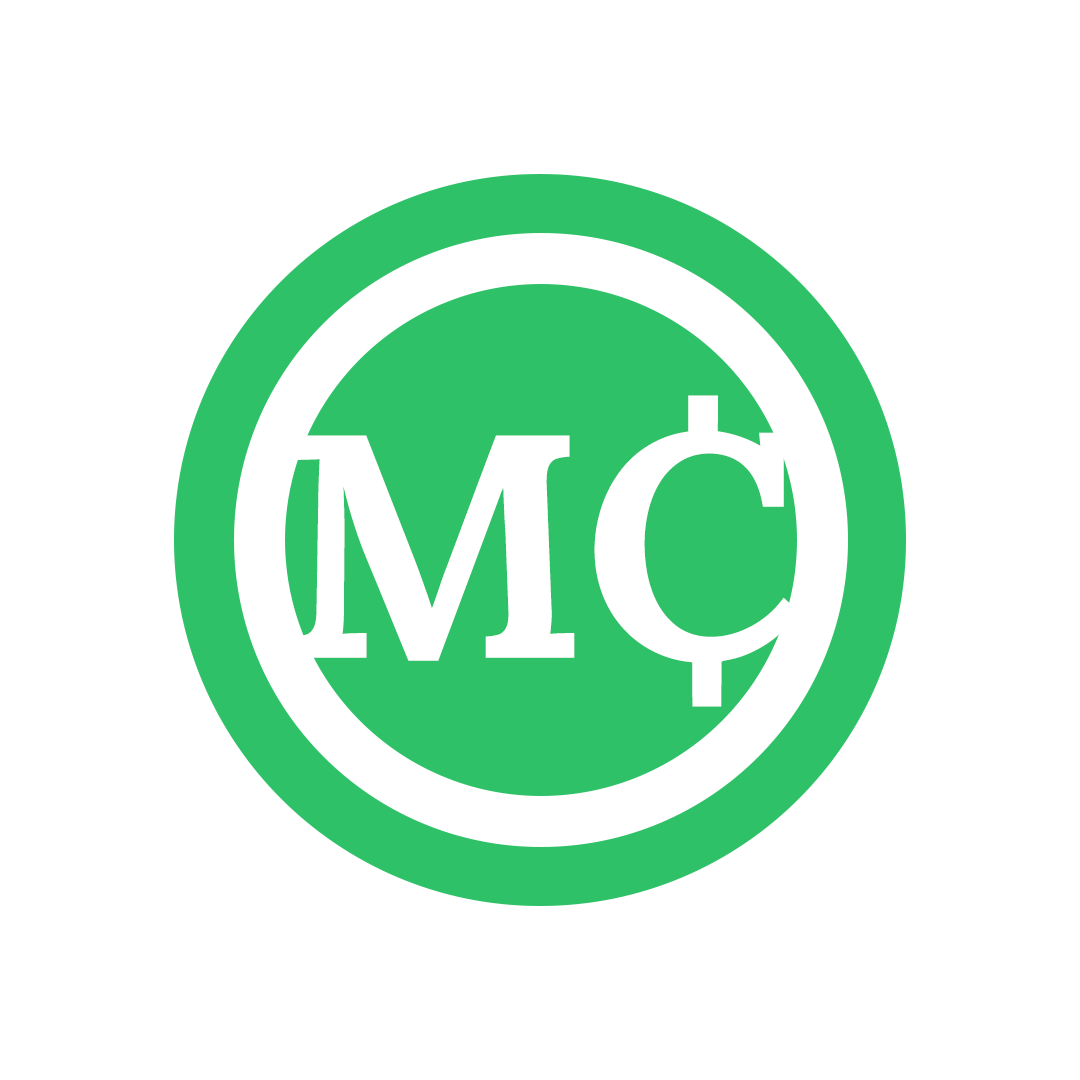Anuncios
¿Está listo para abrirse paso entre el ruido y encontrar un camino claro en un mercado cambiante? Esta lista de verificación le ofrece una guía práctica, paso a paso, basada en noticias e investigaciones recientes. Está diseñada para que pueda actuar hoy y adaptarse a medida que las cosas cambian.
Recibirás explicaciones rápidas, ejemplos reales y acciones sencillas. Se espera orientación sobre normas híbridas y remotas, uso inteligente de IA, transparencia salarial y selección prioritaria de personal. Observamos datos como una mayor retención en contrataciones basadas en habilidades y un importante ahorro de tiempo en IA en grandes empresas.
Qué significa esto para usted: Céntrate en mostrar resultados medibles, elige empleadores que se ajusten a tus necesidades de trabajo flexible y usa herramientas de IA para agilizar las tareas sin perder tu voz. Los resultados varían según la persona y el contexto, pero los pasos son prácticos.
Para conocer los detalles de la industria y las cifras de crecimiento, puede explorar una lista corta de roles en demanda. aquí para ayudar a localizar las empresas adecuadas.
Introducción
Comience aquí: una guía práctica que muestra cómo el panorama laboral actual cambiará la forma en que usted busca, postula y desarrolla habilidades.
Por qué esto es importante: El trabajo híbrido es la opción por defecto para muchos empleadores. Gallup y SHRM señalan que la mayoría de los trabajadores con capacidad para trabajar a distancia esperan opciones híbridas o a tiempo parcial. Esto influye en el enfoque de las solicitudes y en cómo se gestiona la disponibilidad durante las entrevistas.
Lo que obtendrás: Pasos sencillos y prácticos que vinculan la capacitación en IA, la transparencia salarial y la contratación centrada en las habilidades con las acciones diarias. Usa la lista de verificación para actualizar currículums, planificar el tiempo de aprendizaje y comparar ofertas por valor total, no solo por salario.
Sigue cada sección para hacer un pequeño cambio esta semana. Monitorea el tiempo de respuesta y las tasas de entrevistas, y ajusta el alcance según los datos. Si quieres una visión más amplia de los turnos de contratación, consulta esta guía. Tendencias de contratación que necesitas conocer para más contexto.
- Adapte sus necesidades de trabajo flexible a las políticas reales del empleador.
- Mapee habilidades prácticas de IA que puede aprender rápidamente.
- Mostrar resultados mensurables que indiquen la preparación a los profesionales que evalúan a los candidatos.
Lista de verificación para empezar en 2025: Tendencias de oportunidades laborales en 2025
Comience de a poco: elija una preferencia de flexibilidad, una herramienta de IA y una pieza de cartera para desarrollar esta semana.
Aclarar el trabajo flexible
Define tu preferencia de trabajo flexible: días en el sitio, horas centrales y un rango de ubicación.
Acción: Priorice a los empleadores que publiquen políticas claras y anótelas en sus notas.
Mapee su exposición a la IA
Elija 2 o 3 herramientas relevantes para su campo (ejemplo: análisis de currículum, asistentes de programación, resumidores).
Automatice una tarea segura cada semana, como redactar mensajes de divulgación o resumir descripciones de puestos de trabajo.
Cambiar a las habilidades primero
Traduzca su experiencia en habilidades claras que coincidan con los listados de roles.
Planifique un activo de cartera por cada habilidad clave para demostrar que puede realizar el trabajo.
Compensación y beneficios de auditoría
Compare rangos salariales, estructuras de bonificaciones y ofertas de bienestar.
Tenga en cuenta si los empleadores apoyan los préstamos estudiantiles SECURE 2.0 y el acceso a la salud mental.
Adoptar una búsqueda basada en datos de uso
Registre las solicitudes, la velocidad de respuesta, el tiempo transcurrido hasta la entrevista y la tasa de entrevista a oferta.
Utilice esos datos para refinar el alcance y decidir dónde centrar su estrategia.
Fortalecer las habilidades blandas
Practique historias concisas que demuestren colaboración, adaptabilidad y comunicación bajo presión.
Adapte su currículum con resultados mensurables y palabras clave para que tanto los humanos como las pantallas lo reconozcan como adecuado.
- Prepare tres preguntas bien pensadas para cada entrevista que vinculen sus habilidades con los objetivos de la empresa.
- Recuerde: los resultados varían según la persona: haga un seguimiento de lo que funciona y repita el proceso.
Trabajo flexible, híbrido y remoto: cómo encontrar la opción ideal
No todos flexible "Listado" significa lo mismo: aprende a leer lo que realmente ofrecen los empleadores. Usa esta sección para clasificar los puestos que se ajusten a tu horario, trayecto y estilo de trabajo preferido.
Lo que muestra el mercado: Muchos ejecutivos planean trabajo remoto a tiempo parcial para su personal, y el trabajo híbrido se ha vuelto común en todos los sectores. Aproximadamente un tercio de las ofertas de empleo de 2024 se publicaron como totalmente remotas, y la mayoría de los empleados esperan al menos opciones híbridas.
Pasos de acción para identificar los roles adecuados
- Escanee las publicaciones de trabajo para conocer los horarios híbridos explícitos, los días requeridos en el sitio y las ubicaciones elegibles para roles completamente remotos.
- Consulte las páginas de carreras de la empresa y las reseñas de los empleados para obtener claridad sobre la flexibilidad, los estipendios de equipos y las normas asincrónicas.
- Utilice flujos de aplicaciones que prioricen los dispositivos móviles: una experiencia telefónica fluida suele ser una señal de que el empleador valora su tiempo.
- Pregúntele a los reclutadores cómo se mide el desempeño en las diferentes ubicaciones y cómo los equipos manejan las reuniones en diferentes momentos.
- Al comparar ofertas, considere los costos de viaje y los días requeridos en la oficina y mantenga una lista corta de empresas con políticas de flexibilidad estables.
Consejo: Prioriza los puestos que establecen políticas claras. Esto reduce los cambios inesperados y te ayuda a encontrar la opción más adecuada a largo plazo.
IA, automatización y chatbots: cómo usar herramientas para trabajar de forma más inteligente
Chatbots Y la automatización simple puede acelerar las tareas rutinarias mientras usted mantiene el control del trabajo final.
Por qué esto es importante: Las empresas reales reportan grandes ganancias. Por ejemplo, Unilever ahorró más de 100,000 horas, redujo el tiempo de contratación en 90% y aumentó la contratación diversa en 16%. La Escuela de Negocios de Columbia descubrió que los candidatos seleccionados mediante IA tienen más probabilidades de aprobar las entrevistas y aceptar ofertas.
Cómo utilizar estas herramientas de forma segura
- Considere la IA como una tecnología de asistencia para investigaciones, borradores y resúmenes; la precisión final la posee usted.
- Utilice chatbots para practicar entrevistas, concretar viñetas y planificar la preparación, para luego personalizar los resultados.
- Desarrolle habilidades de alfabetización rápida y de manejo de datos básicos para que pueda hacer mejores preguntas y leer resultados.
- Registre el uso de IA y respete las reglas de evaluación; favorezca a las empresas que combinan la automatización con verificaciones de habilidades estructuradas.
- Proteja su información personal: evite pegar detalles confidenciales en herramientas que no controla.
Consejo rápido: Experimente de forma pequeña y transparente y solicite una revisión humana cuando la selección o la programación no estén claras.
Contratación y desarrollo de competencias basadas en habilidades: Demostrando lo que puede hacer
Los empleadores quieren pruebas claras de que puedes ofrecer resultados: genera esas pruebas ahora. Las decisiones de contratación se están orientando hacia el desempeño medible. McKinsey concluye que la contratación basada en habilidades es aproximadamente cinco veces más predictiva que la formación académica y el doble que la experiencia laboral.
Por qué las habilidades ganan
Los datos importan: Según algunos estudios, los empleados sin título permanecen más tiempo en la empresa. Use esto como una señal para centrarse en resultados demostrables, no solo en los títulos.
Caminos y pruebas
- Relacione el rol con 3 a 5 habilidades fundamentales y vincule cada una con evidencia (proyectos, pruebas, métricas).
- Cree una cartera ligera: estudios de casos, repositorios de código, paneles de control o escenarios de servicio con resultados claros.
- Considere aprendizajes y microcredenciales de empresas como Google o IBM y programas cortos y acreditados.
- Utilice evaluaciones cronometradas o proyectos de desafío para validar el trabajo; observe cualquier mejora en la velocidad o la calidad.
Convierta sus años de experiencia en una sólida base de habilidades, detallando el alcance, las herramientas utilizadas y los resultados medibles. Mantenga una matriz de habilidades dinámica y actualícela trimestralmente con cursos, proyectos y referencias que avalen su talento aplicado.
Acción rápida: Prepare tres historias concisas que vinculen una habilidad clave con un objetivo empresarial (por ejemplo, reducir el tiempo de ciclo o aumentar la retención). Esto facilita la evaluación de su portafolio y lo hace más persuasivo para los responsables de contratación.
Compensación, beneficios y bienestar: Lea la oferta completa
Mire más allá del salario base para comprender cómo una oferta respalda sus objetivos y bienestar. Utiliza los rangos salariales publicados para evaluar tu nivel de habilidades y experiencia dentro del grupo. Esto te dará un buen punto de partida para cualquier conversación.

Centrarse en la compensación totalEl salario es solo una parte. Considera las bonificaciones o acciones, la contribución para la jubilación, los costos de atención médica, las vacaciones remuneradas y la flexibilidad que te ahorra tiempo y estrés.
Aumenta la transparencia salarial: cómo usar rangos para negociar de manera justa
Cuando se indiquen rangos, pregunte cómo define la empresa los niveles y la progresión. Si el rango es amplio, solicite ejemplos de rendimiento en diferentes puntos de la banda.
Beneficios a tener en cuenta: préstamos estudiantiles SECURE 2.0, salud mental, flexibilidad
- Confirme si el empleador ofrece el programa de préstamos estudiantiles SECURE 2.0 para que pueda planificar su jubilación mientras paga los préstamos.
- Aclarar el apoyo de salud mental: cobertura de terapia, acceso al EAP, atención virtual y tiempos de espera típicos para los proveedores.
- Compare los costos del plan de salud, los deducibles y los máximos de desembolso personal: estos suelen ser más importantes que las pequeñas diferencias salariales.
- Documente todos los detalles de la oferta por escrito: fecha de inicio, título, nivelación, términos de incorporación o reubicación y cualquier flexibilidad prometida.
Consejo: Tenga en cuenta el mercado laboral local y su sector al decidir qué tan firme será en las negociaciones. Tome notas y fechas para poder comparar ofertas con claridad y tomar una decisión con seguridad.
Búsqueda de empleo basada en datos y experiencia del candidato
Mide lo que importa: Las métricas simples hacen que tu búsqueda sea más inteligente y justa. Realiza un seguimiento para identificar lo que funciona y descartar lo que no.
Por qué esto ayuda: Los métodos basados en datos pueden multiplicar por diez tu cartera de talento, mejorar la calidad de las contrataciones en muchos equipos y reducir el sesgo en las decisiones. Los flujos que priorizan el uso de dispositivos móviles también son importantes: aproximadamente dos tercios de los solicitantes usan teléfonos, y una experiencia fluida aumenta las respuestas y las recomendaciones.
Utilice métricas para mejorar el ajuste
- Realice un seguimiento de las solicitudes enviadas, la tasa de respuesta, la conversión de selección a entrevista y la tasa de oferta para refinar su estrategia.
- Pruebe nuevas palabras clave, puestos adyacentes y mercados cercanos semanalmente. Mida qué fuentes impulsan las entrevistas y redoble su apuesta.
- Priorice a los empleadores con formularios compatibles con dispositivos móviles para reducir el abandono y acelerar los envíos para una mejor experiencia del candidato.
- Practica con un banco de preguntas consistente y una rúbrica de autoevaluación. Registra cada punto de contacto y establece un cronograma de seguimiento.
- Respete la imparcialidad: no manipule las evaluaciones. Desarrolle habilidades reales que se mantengan en evaluaciones estructuradas.
Acción rápida: Crea una hoja de cálculo sencilla que actualices dos veces por semana. Usa los datos para enfocar tu alcance, aprender de los resultados y mantener la objetividad de tu estrategia.
Movimientos al inicio de la carrera: competir como recién graduado en un mercado más atractivo
El impulso al inicio de una carrera profesional surge del networking específico y de una prueba clara de que puedes hacer el trabajo. Las contrataciones de nivel inicial se enfriaron y el desempleo entre los recién graduados llegó a aproximadamente 5,3%, por lo que las decisiones inteligentes son importantes.
Red más inteligente: Identifica a exalumnos en empresas objetivo y agenda charlas de 15 minutos. Pregunta sobre proyectos iniciales que ayudaron a los nuevos empleados a crecer rápidamente.
Red más inteligente: señales de exalumnos, referencias y apoyo de los empleados
Concéntrese en los segmentos del mercado laboral que siguen contratando, como los servicios esenciales o los equipos de impacto en los ingresos. Convierta un proyecto de clase o una pasantía en un breve caso práctico con las herramientas utilizadas y resultados medibles.
- Solicite asesoramiento sobre referencias después de una conversación útil; muchas empresas rastrean y valoran las referencias de los empleados.
- Apunte a 10 a 15 roles por semana y adapte los currículums a cada descripción, destacando los resultados mensurables.
- Practique entrevistas con profesionales para obtener comentarios honestos sobre la claridad y la idoneidad para los roles y la industria.
- Comparta conclusiones interesantes extraídas de artículos de la industria para mostrar curiosidad y presencia sin hacer spam.
Mantén el ritmo con objetivos semanales de difusión, solicitudes y desarrollo de habilidades. Este enfoque constante ayuda a los candidatos a convertir las victorias a corto plazo en talentos a largo plazo.
Conclusión
Estás equipado para actuar. Elige una habilidad que demostrar, una herramienta que dominar y una empresa que observar. Realiza pruebas cortas, registra los resultados y ajusta tu plan con base en datos claros.
Recordar: La contratación y los resultados laborales dependen de tu idoneidad, tu esfuerzo y el contexto del mercado. Utiliza las métricas que ya registras para saber qué puestos y empresas se adaptan mejor a tu enfoque.
Equilibra las opciones de trabajo flexible (trabajo híbrido, remoto o presencial) con la forma en que cada puesto contribuye a tus objetivos. Forja relaciones con empleados y profesionales para obtener retroalimentación, recomendaciones y orientación.
Cuando te sientas estancado, busca un mentor o coach que interprete las señales y refine tu estrategia. Sigue iterando: los pequeños experimentos se combinan para crear mejores coincidencias y un impulso profesional más sólido.



